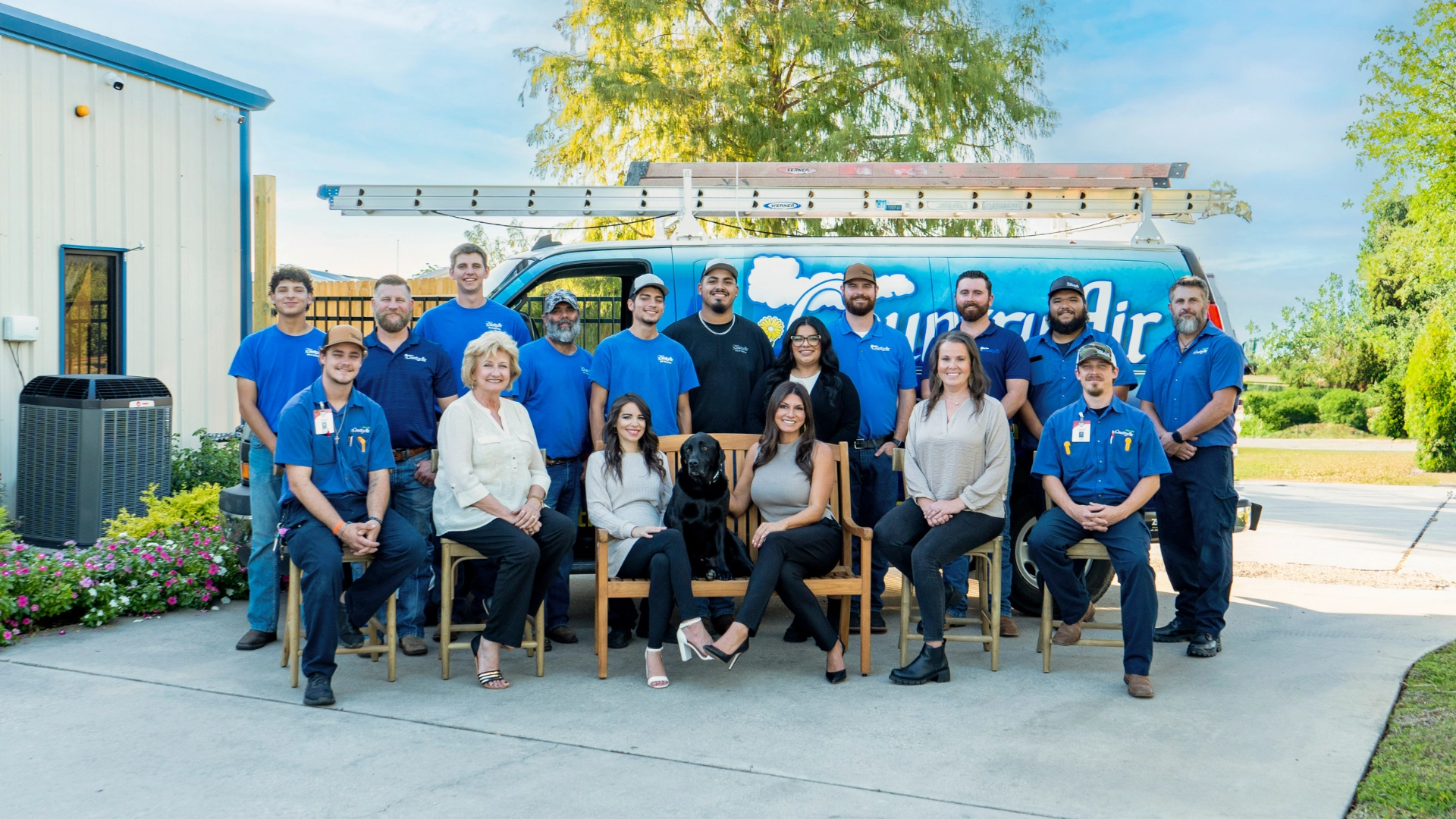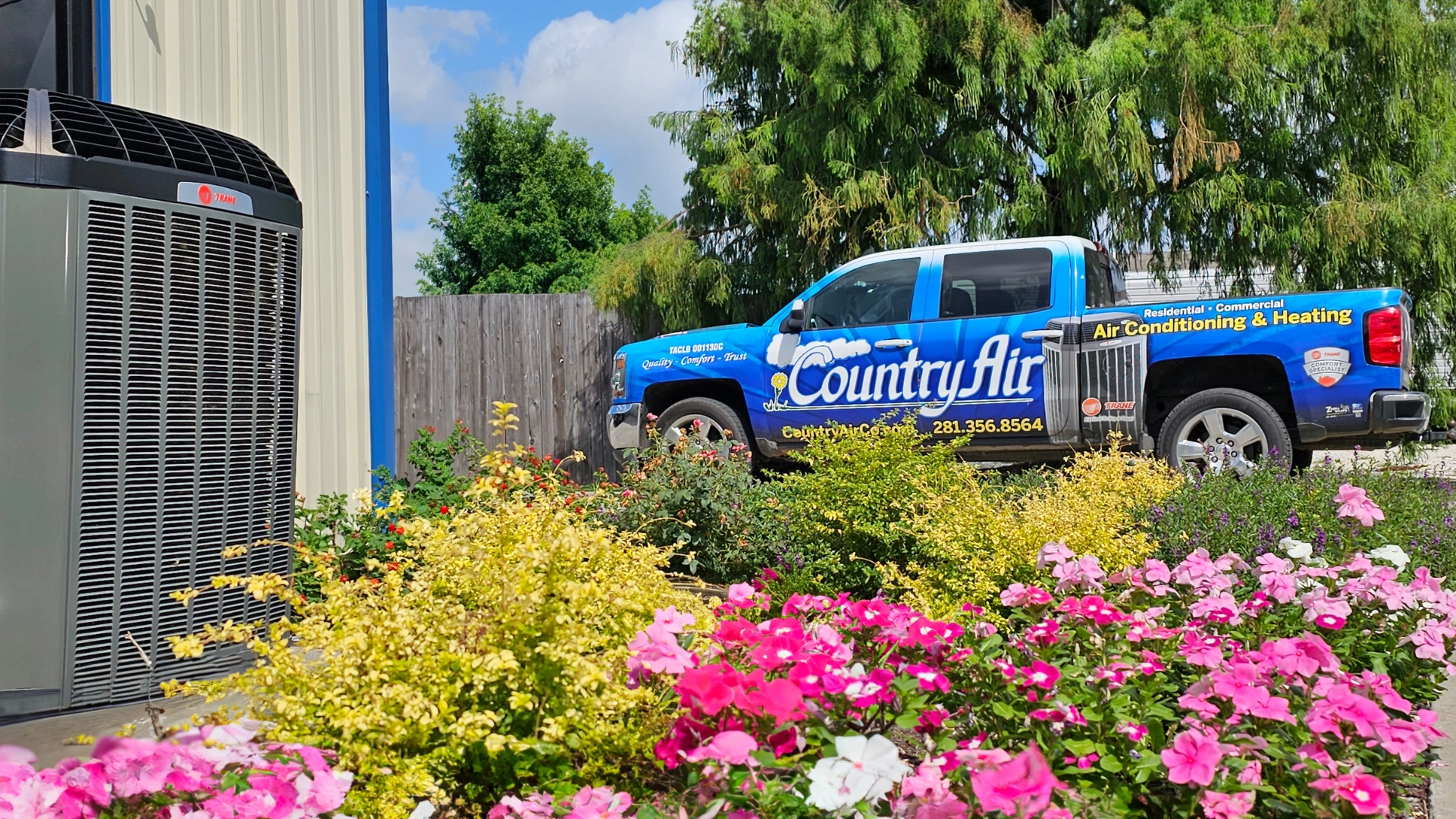HVAC Blog
- All
- Air Conditioners
- Air Quality
- Attic Insulation
- Community
- Dryer Vents
- Ductwork
- Energy Efficiency
- Furnaces
- General HVAC
- Installations
- Maintenance
- Repairs
- Uncategorized
All
- All
- Air Conditioners
- Air Quality
- Attic Insulation
- Community
- Dryer Vents
- Ductwork
- Energy Efficiency
- Furnaces
- General HVAC
- Installations
- Maintenance
- Repairs
- Uncategorized
Boost Your Savings: 7 Powerful Ways To Slash AC Maintenance & Repair Costs
April 15, 2024
No Comments
Understanding the difference between AC maintenance and repair is vital to preserving cooling systems. Maintenance involves proactive steps to keep systems efficient and reliable, ...
Read More →
6 AC Maintenance Tips for Homeowners
April 12, 2024
No Comments
Spring has sprung in Southeast Texas and those wonderful days in which your home requires no heating or cooling are ending. Get ready to shut ...
Read More →
Air Conditioning Maintenance: Money Matters
January 30, 2024
No Comments
Spring and fall Air Conditioning maintenance (including heating, ventilation) visits include 86 inspection points. Once our maintenance professionals have completed that checklist, a more in-depth ...
Read More →
Do You Need an HVAC Maintenance Plan? (Maybe Not)
January 3, 2024
No Comments
We believe having an HVAC (heating, ventilation, air conditioning) aka AC maintenance agreement makes sense. An HVAC unit is likely the most expensive appliance in ...
Read More →
6 Qualities To Look For in an HVAC Company
December 5, 2023
No Comments
There are several reputable, honest HVAC (heating, ventilation, air conditioning) companies in and around the Houston area. When you’re seeking a heating and cooling company ...
Read More →
HVAC Maintenance and Service: What We Do
November 9, 2023
No Comments
There are many reasons why twice-a-year maintenance is recommended for your heating and cooling unit. In addition to safer HVAC operation, professional maintenance prolongs your ...
Read More →
Fall HVAC Maintenance Tips for the Houston, Texas Area
October 5, 2023
No Comments
As the scorching summer heat gradually gives way to the cooler temperatures of fall in Magnolia, Texas, it’s essential to ensure your HVAC system is ...
Read More →
Repair or Replace? Residential HVACs
September 7, 2023
No Comments
It’s puzzling what some homeowners will tolerate. For example, one Spring resident said he did laundry at night because there was no water pressure anywhere ...
Read More →
24-Hour AC Repair: Why It’s Important
August 8, 2023
No Comments
The current labor shortage has caused businesses in all industries to make personnel adjustments. For example, a lot of companies stagger work hours or offer ...
Read More →









